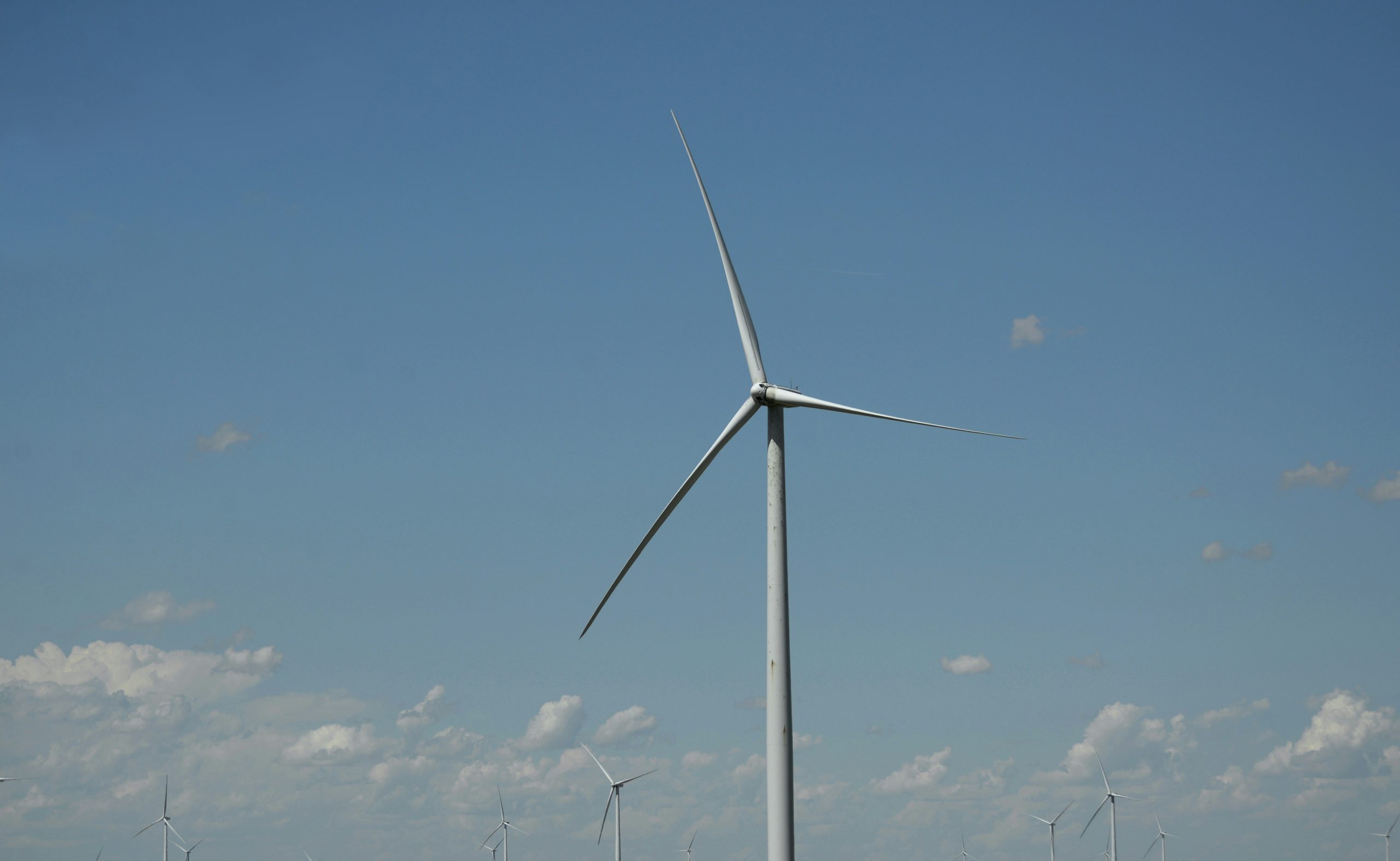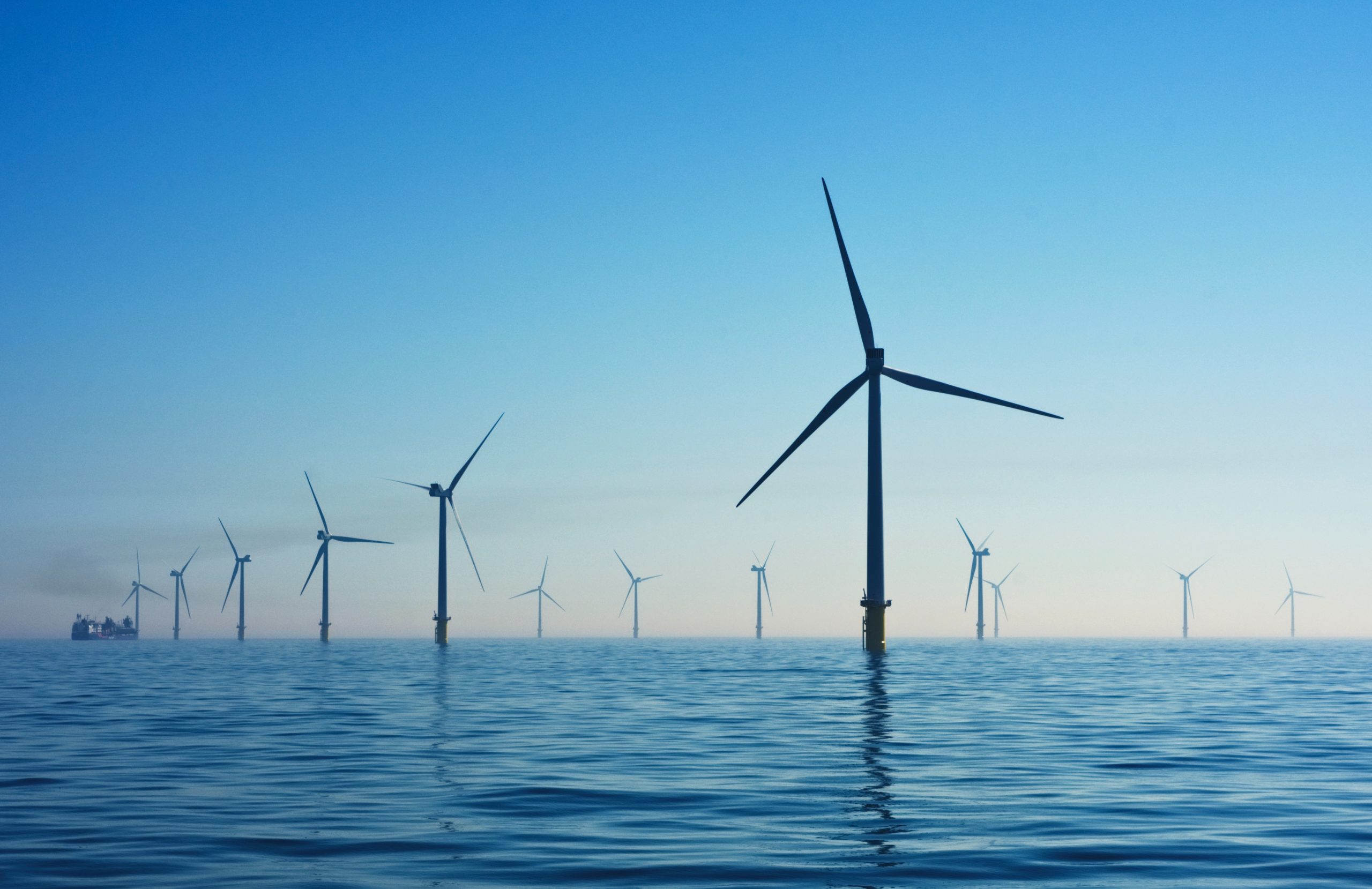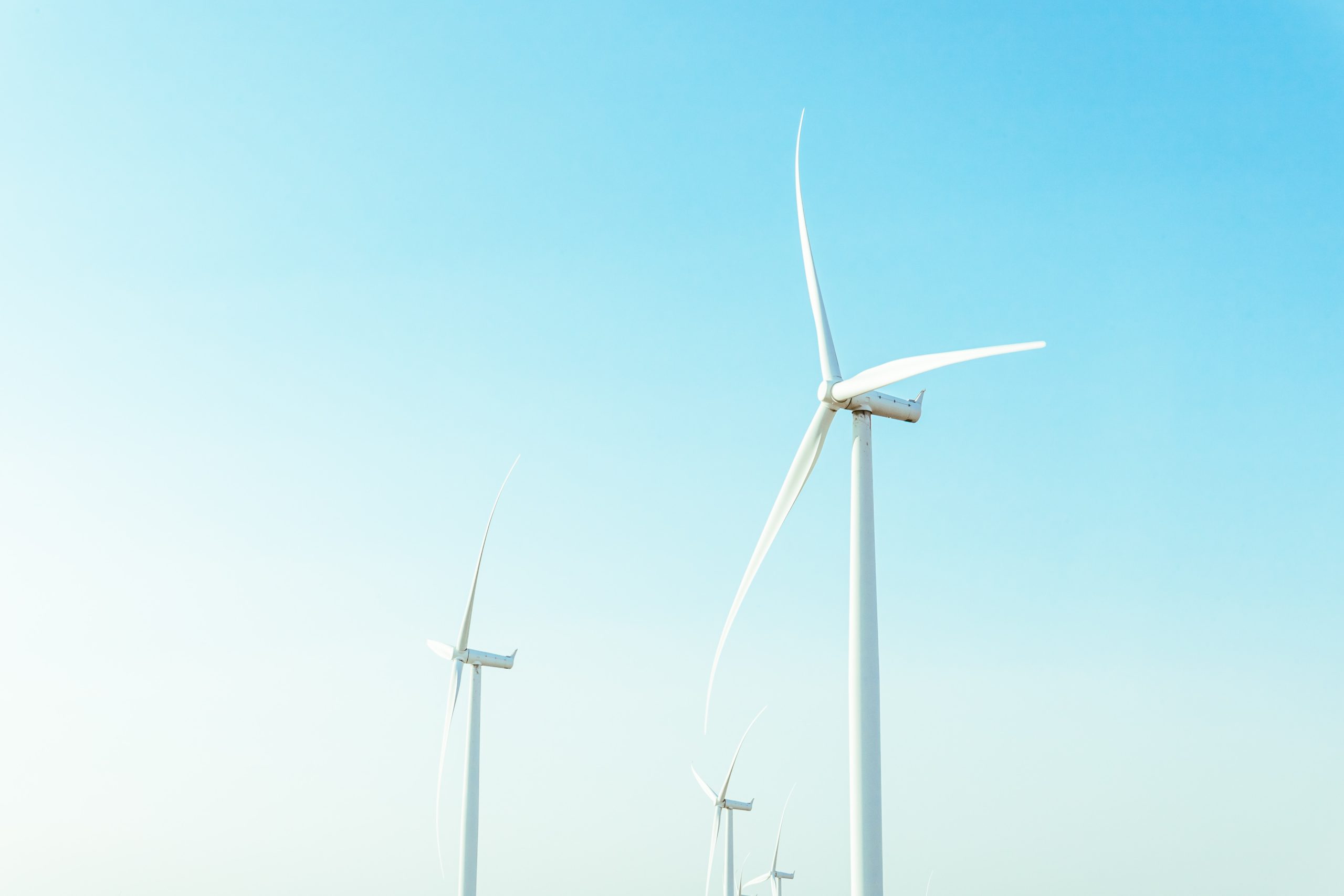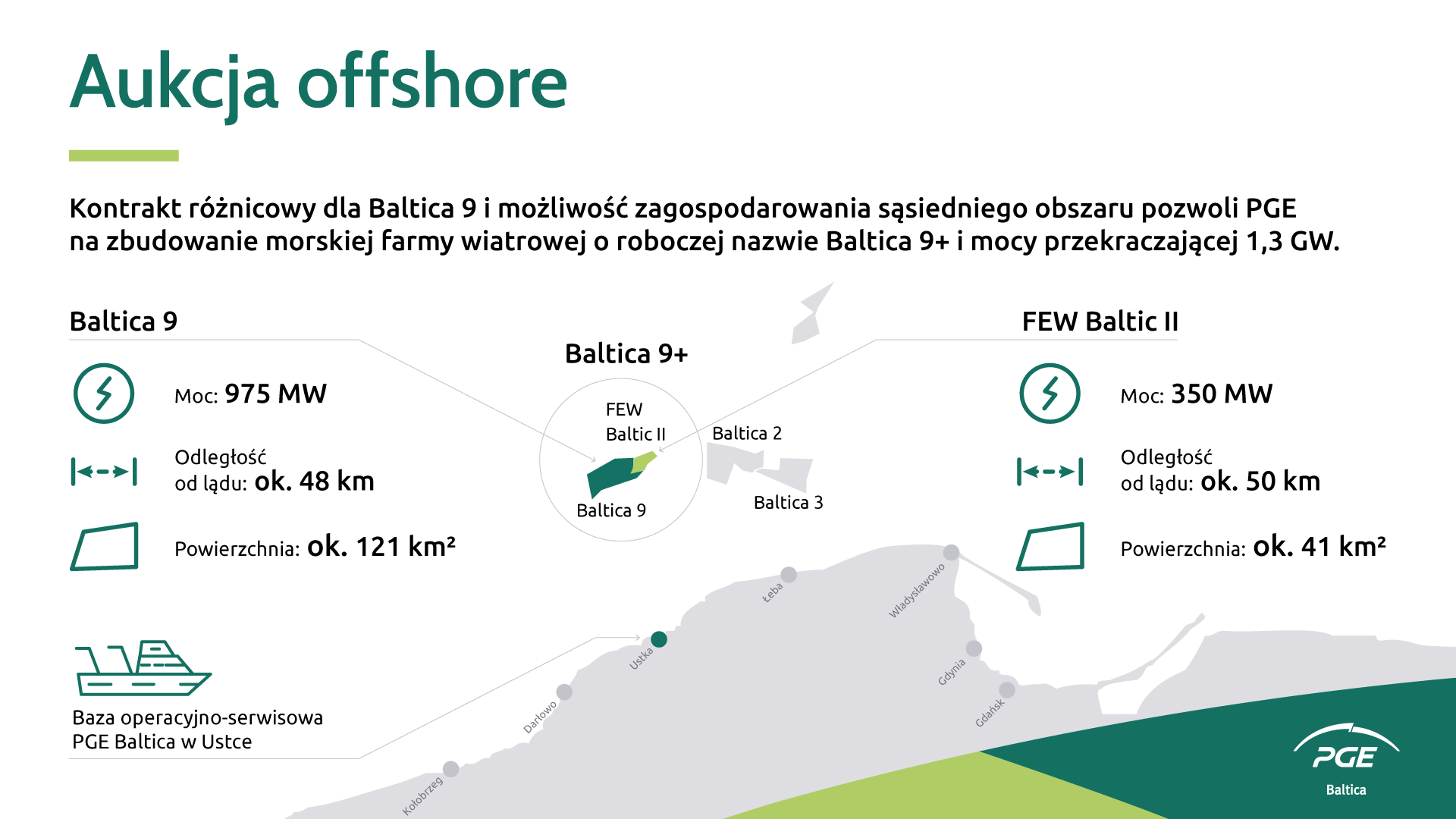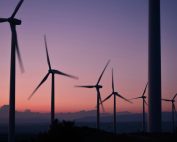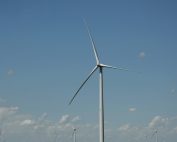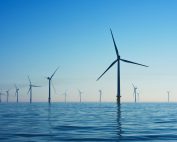Faced with dynamic changes in labour and raw material costs, the Polish government has decided to raise the maximum price for energy generated by offshore wind farms. Under Phase II of offshore development, the strike price is to increase from the originally proposed PLN 471.83/MWh to PLN 512.32/MWh, an increase of around PLN 40. The decision has been met with mixed reactions in the industry, but is in response to calls from investors who signalled that the original price was too low to make projects viable.
The evolution of the strike price: why was an increase necessary?
The increase in the strike price for offshore is the result of a change in the parameters adopted for its calculation. Based on consultation and analysis of current market conditions, the government has taken into account new data, including this year’s eurozone inflation forecasts and cost balancing reports. Previous assumptions were based on last year’s data, which, according to the industry, were already outdated, resulting in a risk that some projects would not materialise.
The increase in strike price is also a response to higher operating and investment costs, which have increased rapidly in recent years. For example, the balancing cost index increased from PLN 2/MWh to PLN 17/MWh, which significantly affected calculations for investors. At the same time, the increase in labour and raw material costs, as the Climate Minister Paulina Hennig-Kloska told reporters, has forced the government to take a more realistic approach to offshore project valuations.
‘This is a kind of realisation of prices, during the work on the regulation there were new models for valuing costs, which we took into account’ – said Hennig-Kloska, adding that ’costs in the offshore wind industry have been changing dynamically recently, both labour and raw material costs are increasing.’
Offshore auctions: plans for the future
The aim of the new auctions scheduled for 2025, 2027, 2029 and 2031 is to select offshore wind farm projects with a total capacity of 12 GW, which is expected to increase the share of renewable energy sources in the Polish energy mix. Under these auctions, a strike price of PLN 512.32/MWh will be the maximum price at which investors can offer energy. Supported entities will be entitled to cover the so-called negative balance, which means that they will be able to count on making up the difference between the market price and the guaranteed price.
It is worth recalling that in the first phase of offshore development, support was granted to seven projects with a total capacity of 5.9 GW, with the price set at PLN 319.6/MWh. Current auctions will be aimed at selecting new projects that will complete the Polish electricity system.
Despite the increase in the strike price, not all investors are convinced that the new rates will be sufficient to guarantee project profitability. According to unofficial reports, industry representatives would prefer to see a strike price in the range of 500-600 PLN/MWh to be able to compete effectively in the market, especially in the context of rising investment costs. Therefore, while the increase to PLN 512.32/MWh is a step in the right direction, investors are concerned that the government will have to reconsider the level of support in the future, depending on changing economic and business environment.
A key challenge for future projects will be securing the right financial partners and contractors to meet ambitious offshore wind farm construction targets.
Raising the strike price for offshore from PLN 471.83/MWh to PLN 512.32/MWh is a step that brings the level of investor support closer to market realities. Although the government’s decision is the result of extensive consultations and takes into account the industry’s demands, the question still remains whether the new rates will prove sufficient to ensure the profitability of the planned investments. The key will be to monitor further cost developments and be ready to make any further adjustments to ensure the success of the Polish offshore industry in the coming years.
Source: BalticWind.EU



